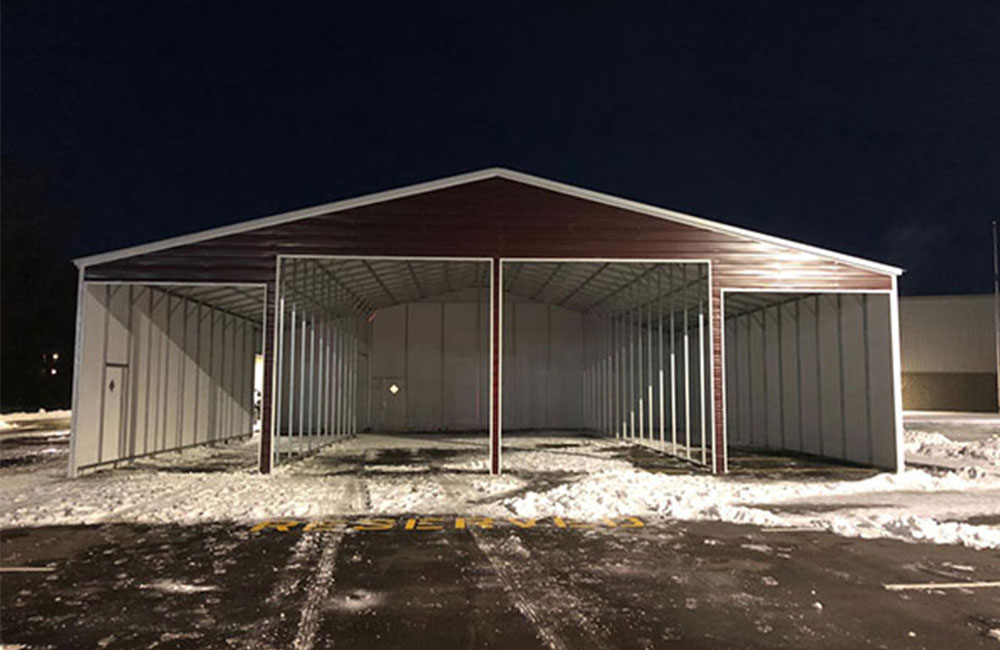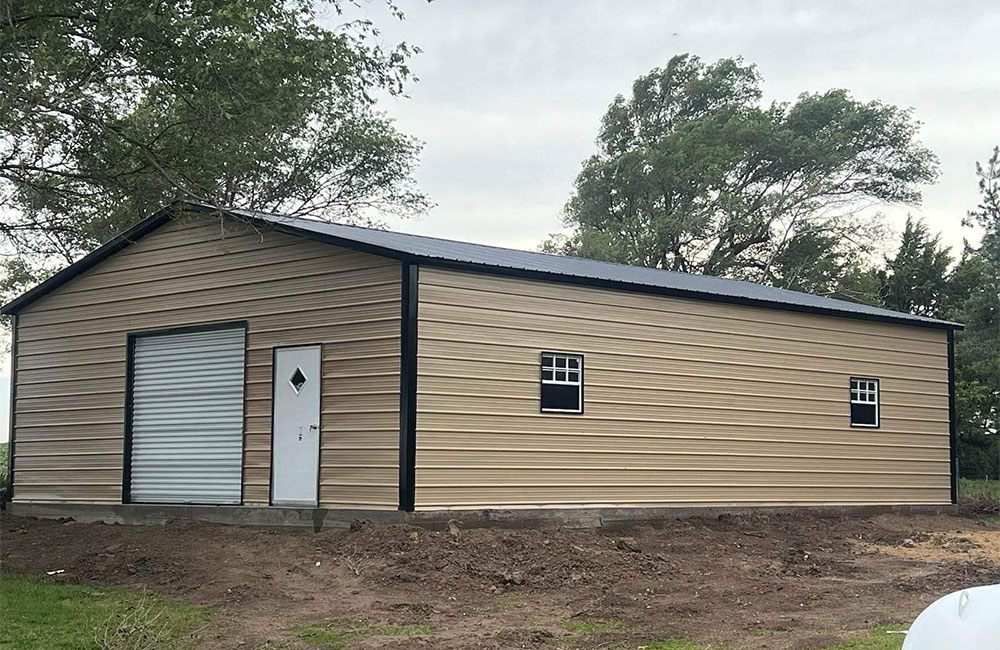
Pre-engineered metal buildings (PEMBs) have revolutionized the construction industry with their efficiency, flexibility, and cost-effectiveness. These structures are gaining popularity across various sectors, including commercial, industrial, and agricultural applications.
What are Pre-engineered Metal Buildings?
Pre-engineered metal buildings are structures that are designed, fabricated, and assembled off-site, using standardized components that are manufactured in a factory setting.
These components include columns, beams, trusses, and panels, which are then shipped to the construction site for installation. The design and engineering of these buildings are based on computer-aided design (CAD) systems, ensuring precise measurements and efficient construction processes.
Benefits of Pre-engineered Metal Buildings
Cost-effectiveness
One of the primary advantages of PEMBs is their cost-effectiveness. The standardized manufacturing processes and economies of scale result in reduced material costs and faster construction timelines, leading to overall cost savings for the project.
Speedy Construction
Since pre-engineered metal buildings are manufactured off-site, the construction process is significantly faster compared to traditional construction methods. The precise fabrication and quick assembly of components allow for swift completion of the building, saving both time and money.
Customizability and Flexibility
Despite their standardized components, pre-engineered metal buildings offer a high degree of customization. They can be tailored to meet specific project requirements, accommodating various sizes, shapes, and architectural designs. Additionally, these buildings can be easily expanded or modified in the future to adapt to changing needs.
Durability and Strength
Pre-engineered metal buildings are known for their exceptional durability and strength. The use of high-quality steel components ensures resistance to harsh weather conditions, seismic activities, pests, and fire. This durability translates into long-term cost savings, as maintenance and repair expenses are minimized.
Sustainability
Pre-engineered metal buildings are environmentally friendly due to their sustainable attributes. Steel, the primary material used in these structures, is recyclable, reducing the demand for new resources. Additionally, the energy efficiency of PEMBs can be enhanced by incorporating insulation, daylighting systems, and renewable energy solutions.
Applications of Pre-engineered Metal Buildings

PEMBs find applications in a wide range of industries. They are commonly used for warehouses, manufacturing facilities, distribution centers, retail stores, office buildings, sports complexes, agricultural buildings, and aircraft hangars. The versatility and adaptability of PEMBs make them suitable for various project requirements.
Conclusion
Pre-engineered metal buildings offer a plethora of benefits, including cost-effectiveness, speedy construction, customizability, durability, and sustainability. As more industries recognize the advantages of PEMBs, their popularity continues to rise. Whether you are planning to construct a commercial facility or an industrial complex, considering a pre-engineered metal building could be a wise choice for a successful and efficient construction project.